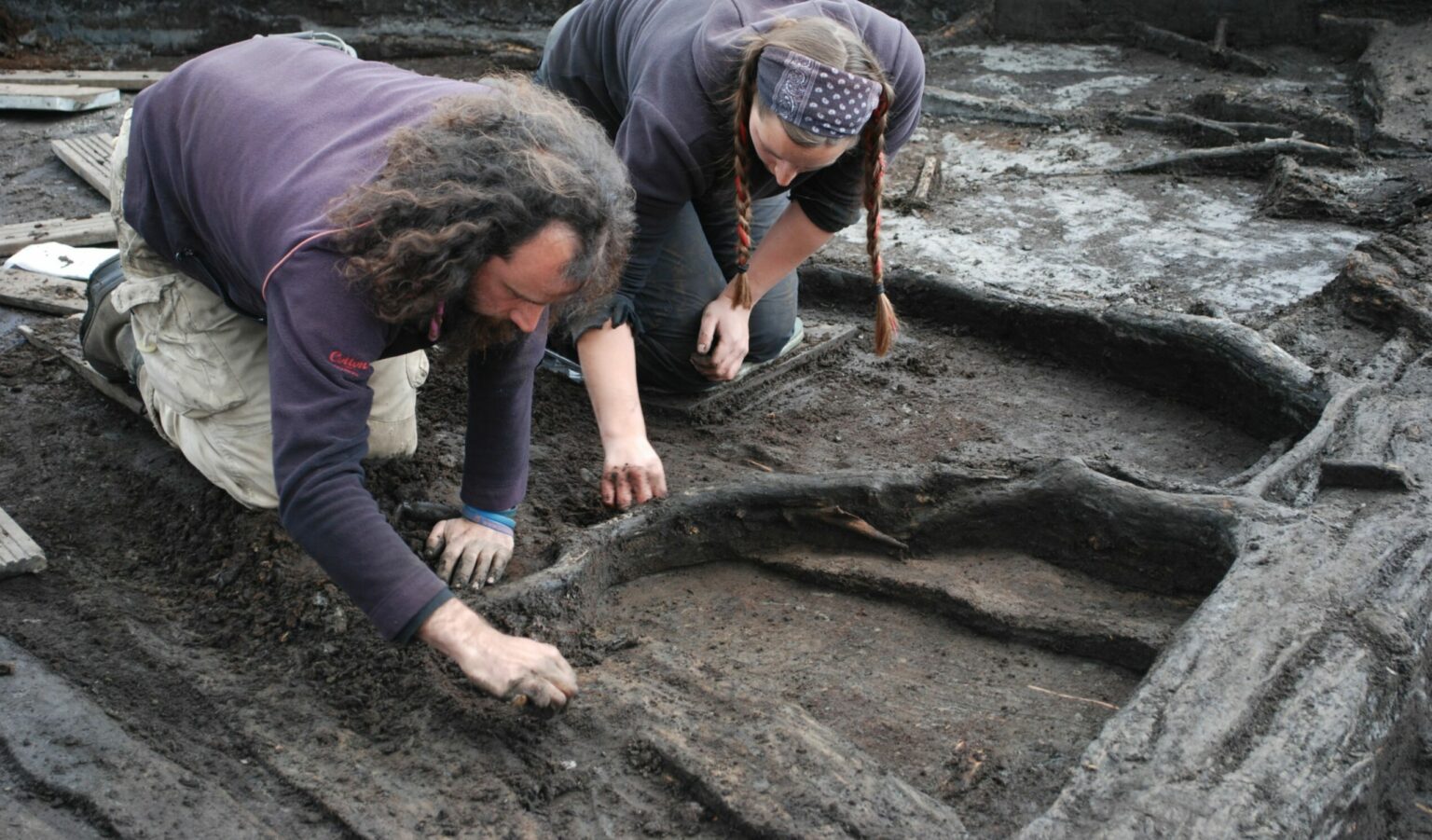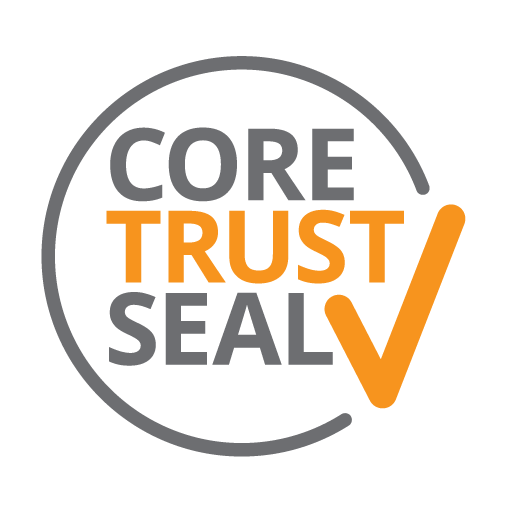3D models in archaeology
Three dimensional (3D) datasets have become commonplace in many archaeological projects and can result from a number of different data capture and creation processes ranging from manual modelling (e.g. reconstructions of buildings) to automated capture (e.g. 3D laser scanning of objects) and computed modelling (e.g. photogrammetry). In contrast to 2D raster images, 3D digital datasets present a number of key advantages for archaeological recording and reconstruction with 3D data being easily scaled, rotated and viewed from any direction and angle. 3D data from laser scanning, structured light scanning, or image-based modelling (e.g. photogrammetry or Structure from Motion) projects can often form the basis for complex 3D reconstructions which in turn play a role in the conservation and preservation of artefacts and monuments and, via online public dissemination, in the communication of cultural value (3D-ICONS, 2014).



